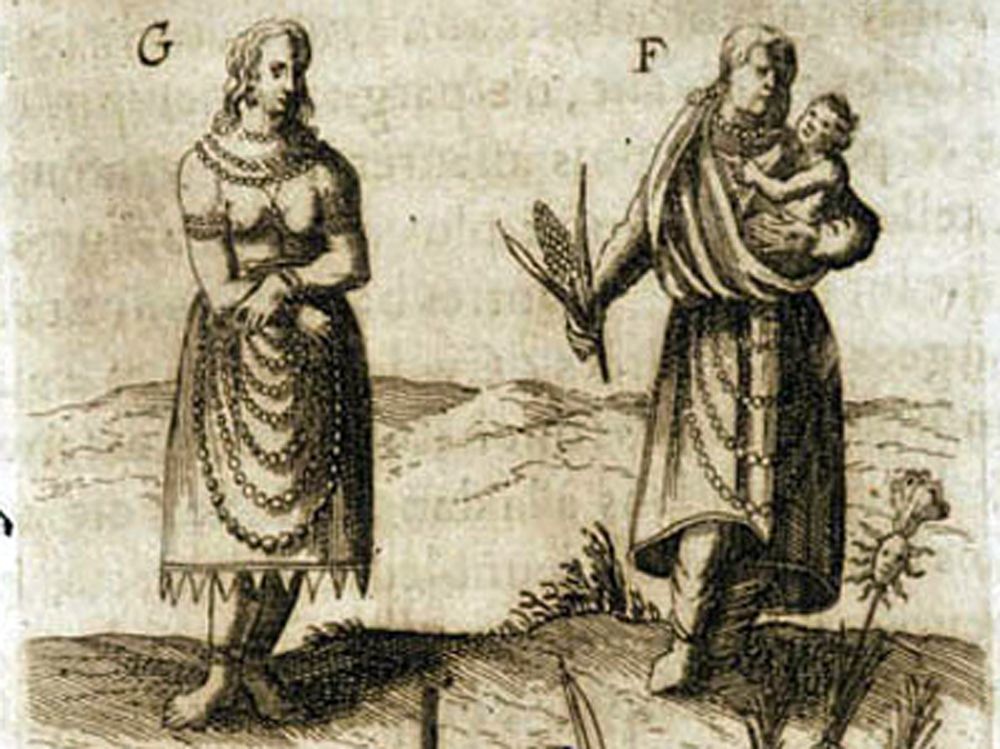Glass beads made in Europe and found in archeological sites in modern Wisconsin predate European colonization of the area, according to new scientific analysis of the beads. The finding is evidence of an Indigenous trading economy between Wendat people and the more northerly Anishinaabe people, and it “highlights active Indigenous participation in transatlantic economic networks during a historical period of dynamic reorganization and interaction,” the authors say. The research used mass spectrometry of the beads from sites in Ontario and Wisconsin to show they were produced in the same way at the same time in a European glassworks.
Differing glassmaking styles leave different chemical signatures, and can be tracked through the history of European glassmaking, from the historic centre of Venice to newer markets for the craft such as Amsterdam and Paris. And since the European-made beads found in Wisconsin are from archeological sites that predate European colonization of the area, they must have come from the people with the chemically identical Ontario beads, the Wendat. So when European artefacts like glass beads turn up in First Nations archeological sites, the authors conclude, they are not simply chronological markers of first contact between First Nations and European colonizers.

Rather, they are sometimes evidence for a trading economy that spanned much of North America. This economy was at least wide enough to transfer beads from European traders in the east to ot.
















